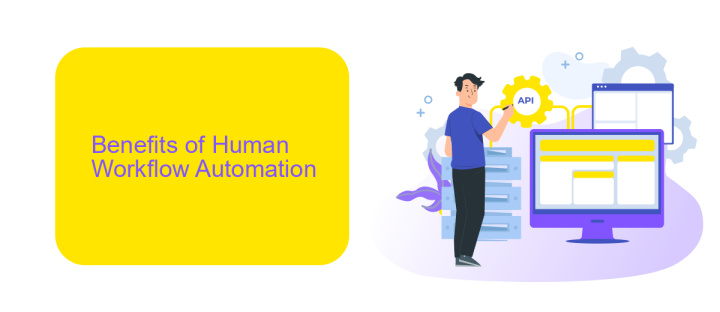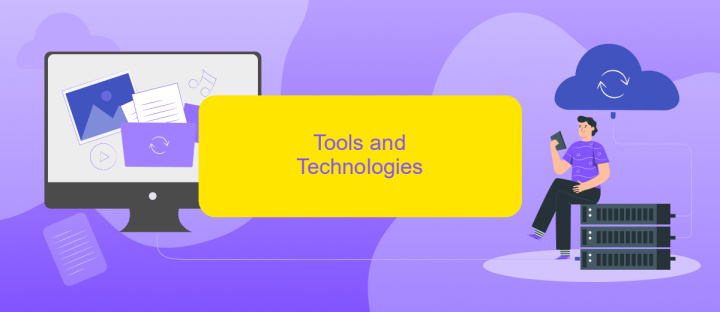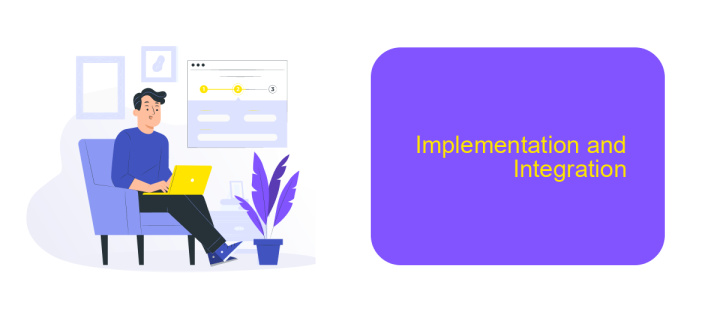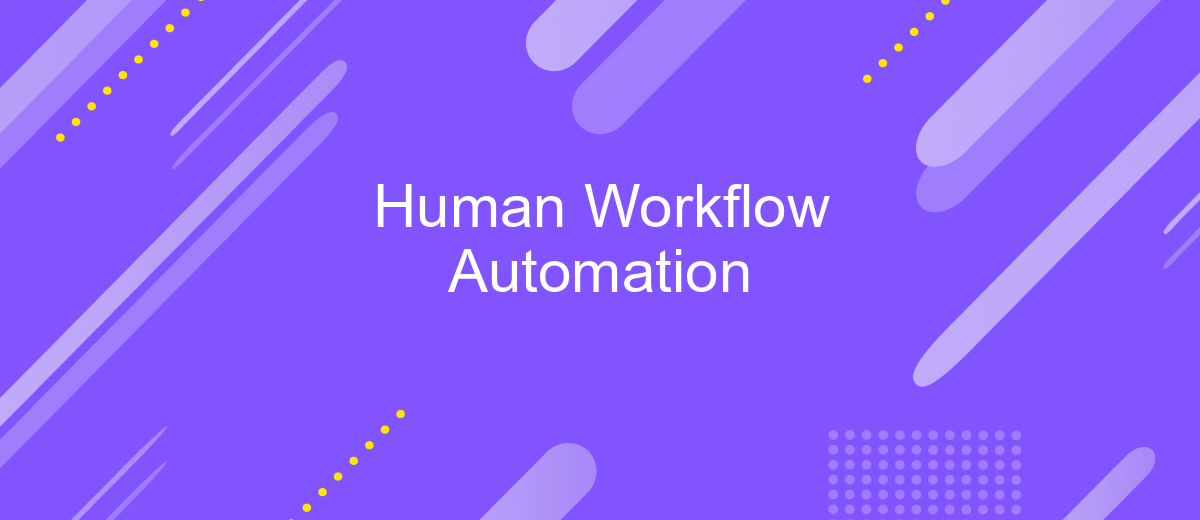Human Workflow Automation
Human Workflow Automation is revolutionizing the way organizations operate by streamlining repetitive tasks and enhancing productivity. By leveraging advanced technologies such as artificial intelligence and machine learning, businesses can automate complex workflows, reduce human error, and free up valuable time for employees to focus on more strategic activities. This article explores the benefits and implementation strategies of human workflow automation in modern enterprises.
Introduction
Human Workflow Automation (HWA) is revolutionizing the way businesses operate by streamlining and automating repetitive tasks. This technology enhances efficiency, reduces human error, and allows employees to focus on more strategic activities. Companies across various industries are increasingly adopting HWA to optimize their processes and improve overall productivity.
- Automates repetitive tasks
- Reduces human error
- Enhances efficiency
- Frees up time for strategic activities
- Improves overall productivity
One of the key aspects of HWA is the integration of various systems and applications to create a seamless workflow. Services like ApiX-Drive play a crucial role in this integration process by allowing businesses to connect different tools without the need for complex coding. By leveraging such services, companies can ensure that their workflows are not only automated but also synchronized across different platforms, leading to a more cohesive and efficient operation.
Benefits of Human Workflow Automation

Human Workflow Automation significantly enhances productivity by streamlining repetitive tasks and reducing manual errors. By automating routine processes, employees can focus on more strategic activities, leading to improved efficiency and job satisfaction. This shift not only accelerates task completion but also ensures consistency and accuracy in operations, ultimately driving better business outcomes.
Moreover, integrating various tools and applications through services like ApiX-Drive can further optimize workflows. ApiX-Drive allows seamless connectivity between different platforms, enabling data to flow effortlessly across systems. This integration capability reduces the need for manual data entry and updates, saving time and minimizing the risk of errors. As a result, businesses can achieve a higher level of operational efficiency and maintain a competitive edge in the market.
Tools and Technologies

Human Workflow Automation leverages a variety of tools and technologies to streamline processes, enhance productivity, and ensure seamless integration across different platforms. These tools are designed to automate repetitive tasks, manage workflows, and facilitate communication between various systems.
- Workflow Management Systems: These platforms, such as Zapier and Integromat, allow users to create automated workflows by connecting different applications and services.
- Robotic Process Automation (RPA): Tools like UiPath and Automation Anywhere enable the automation of repetitive tasks through the use of bots that mimic human actions.
- Integration Platforms: Services like ApiX-Drive offer a robust solution for integrating various applications and automating data transfer between them, simplifying the setup of complex workflows.
- Business Process Management (BPM) Software: Solutions such as IBM BPM and Appian provide comprehensive tools for modeling, automating, and optimizing business processes.
- Collaboration Tools: Platforms like Slack and Microsoft Teams facilitate communication and collaboration among team members, enhancing workflow efficiency.
By utilizing these tools and technologies, organizations can significantly reduce manual intervention, minimize errors, and improve overall operational efficiency. The integration capabilities offered by services like ApiX-Drive further simplify the process, enabling seamless connectivity between various applications and systems.
Implementation and Integration

Implementing and integrating Human Workflow Automation (HWA) into existing systems requires careful planning and execution. The first step is to assess the current workflow processes and identify areas that can benefit from automation. This involves mapping out each step of the workflow and pinpointing tasks that are repetitive, time-consuming, or prone to human error.
Once the assessment is complete, the next phase is selecting the right tools and platforms for automation. One such tool is ApiX-Drive, which enables seamless integration between various applications and services. ApiX-Drive simplifies the process by allowing users to create automated workflows without the need for extensive coding knowledge.
- Evaluate existing workflow processes.
- Identify tasks suitable for automation.
- Select appropriate automation tools like ApiX-Drive.
- Configure and test the automated workflows.
After setting up the automation, it is crucial to monitor and optimize the workflows continuously. Regular reviews and adjustments ensure that the automation remains efficient and can adapt to any changes in the business environment. This ongoing optimization helps in maximizing the benefits of Human Workflow Automation.
Case Studies and Best Practices
One notable case study involves a mid-sized marketing agency that implemented human workflow automation to streamline their client onboarding process. By integrating various tools and platforms using ApiX-Drive, they were able to automate repetitive tasks such as data entry, document management, and communication updates. This not only reduced the time required for onboarding by 40% but also minimized human errors, leading to higher client satisfaction and retention rates.
Another best practice example comes from a healthcare provider that utilized human workflow automation to enhance patient care coordination. By automating appointment scheduling, patient reminders, and follow-up communications, they significantly improved operational efficiency. ApiX-Drive played a crucial role in connecting disparate systems, ensuring seamless data flow and real-time updates. As a result, the provider saw a 30% increase in patient engagement and a notable reduction in missed appointments, ultimately improving overall healthcare delivery.
- Automate the work of an online store or landing
- Empower through integration
- Don't spend money on programmers and integrators
- Save time by automating routine tasks
FAQ
What is Human Workflow Automation?
How does Human Workflow Automation benefit businesses?
Can Human Workflow Automation be customized for different industries?
What types of tasks can be automated with Human Workflow Automation?
How can businesses implement Human Workflow Automation?
Do you want to achieve your goals in business, career and life faster and better? Do it with ApiX-Drive – a tool that will remove a significant part of the routine from workflows and free up additional time to achieve your goals. Test the capabilities of Apix-Drive for free – see for yourself the effectiveness of the tool.


